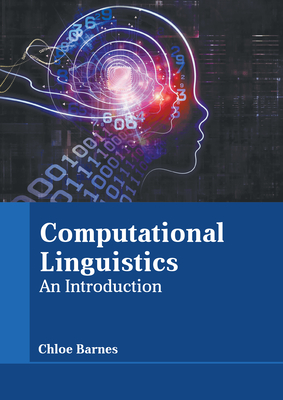UDapter: Typology-based Language Adapters for Multilingual Dependency Parsing and Sequence Labeling
IF 5.3
2区 计算机科学
Q2 COMPUTER SCIENCE, ARTIFICIAL INTELLIGENCE
引用次数: 5
Abstract
Abstract Recent advances in multilingual language modeling have brought the idea of a truly universal parser closer to reality. However, such models are still not immune to the “curse of multilinguality”: Cross-language interference and restrained model capacity remain major obstacles. To address this, we propose a novel language adaptation approach by introducing contextual language adapters to a multilingual parser. Contextual language adapters make it possible to learn adapters via language embeddings while sharing model parameters across languages based on contextual parameter generation. Moreover, our method allows for an easy but effective integration of existing linguistic typology features into the parsing model. Because not all typological features are available for every language, we further combine typological feature prediction with parsing in a multi-task model that achieves very competitive parsing performance without the need for an external prediction system for missing features. The resulting parser, UDapter, can be used for dependency parsing as well as sequence labeling tasks such as POS tagging, morphological tagging, and NER. In dependency parsing, it outperforms strong monolingual and multilingual baselines on the majority of both high-resource and low-resource (zero-shot) languages, showing the success of the proposed adaptation approach. In sequence labeling tasks, our parser surpasses the baseline on high resource languages, and performs very competitively in a zero-shot setting. Our in-depth analyses show that adapter generation via typological features of languages is key to this success.1用于多语言依赖解析和序列标记的基于类型学的语言适配器
摘要多语言语言建模的最新进展使真正通用的解析器的想法更接近现实。然而,这些模型仍然不能免受“多语诅咒”的影响:跨语言干扰和受限的模型能力仍然是主要障碍。为了解决这个问题,我们提出了一种新的语言自适应方法,将上下文语言适配器引入到多语言解析器中。上下文语言适配器使通过语言嵌入学习适配器成为可能,同时基于上下文参数生成跨语言共享模型参数。此外,我们的方法允许将现有的语言类型学特征简单而有效地集成到解析模型中。由于并非所有类型学特征都适用于每种语言,我们在多任务模型中进一步将类型学特征预测与解析相结合,实现了极具竞争力的解析性能,而不需要外部预测系统来预测缺失的特征。由此产生的解析器UDapter可用于相关性解析以及序列标记任务,如POS标记、形态标记和NER。在依赖解析中,它在大多数高资源和低资源(零样本)语言上都优于强单语和多语言基线,表明了所提出的自适应方法的成功。在序列标记任务中,我们的解析器超过了高资源语言的基线,并且在零样本设置中表现非常有竞争力。我们的深入分析表明,通过语言的类型特征生成适配器是这一成功的关键。1
本文章由计算机程序翻译,如有差异,请以英文原文为准。
求助全文
约1分钟内获得全文
求助全文
来源期刊

Computational Linguistics
工程技术-计算机:跨学科应用
CiteScore
15.80
自引率
0.00%
发文量
45
审稿时长
>12 weeks
期刊介绍:
Computational Linguistics, the longest-running publication dedicated solely to the computational and mathematical aspects of language and the design of natural language processing systems, provides university and industry linguists, computational linguists, AI and machine learning researchers, cognitive scientists, speech specialists, and philosophers with the latest insights into the computational aspects of language research.
 求助内容:
求助内容: 应助结果提醒方式:
应助结果提醒方式:


